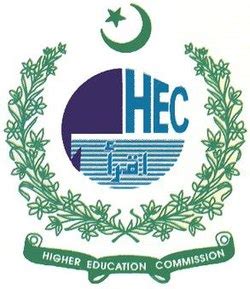Valuing the Recreational Uses of Pakistan’s Wetlands: An Application of the Travel Cost Method
DOI:
https://doi.org/10.51732/njssh.v3i2.20Keywords:
Travel Cost Method, Truncated Count Data Model, Ecotourism, Keenjhar LakeAbstract
The Keenjhar Lake, Pakistan’s largest freshwater lake and a Ramsar site, is located in the Lower Indus Basin of the Indus Ecoregion. Global 200, which scientifically ranks outstanding terrestrial and aquatic ecosystems in 238 ecoregions worldwide, the Indus Ecoregion is one of the 40 priority Ecoregions. This study uses a single-site truncated count data travel cost method to estimate the access values of visitors to Keenjhar Lake. Policy makers may use these estimates on the recreational value of the lake to assess the returns on conservation investments. A basic version of the model applied to a subset of visitors using charter transportation allows analysis of impacts on welfare measurement from altering assumptions about embarkation points. This study finds the assumption that this category of visitor does not incur travel and time costs before boarding charter transport to be both unrealistic and simplifying, leading in turn to an underestimate of consumer surplus values. The strongest argument in favour of revising data collection and processing strategies in this regard is perhaps the finding that shared and rented transportation is common in developing countries, while cost coefficients tend to figure prominently in welfare measurement irrespective of the functional form.







